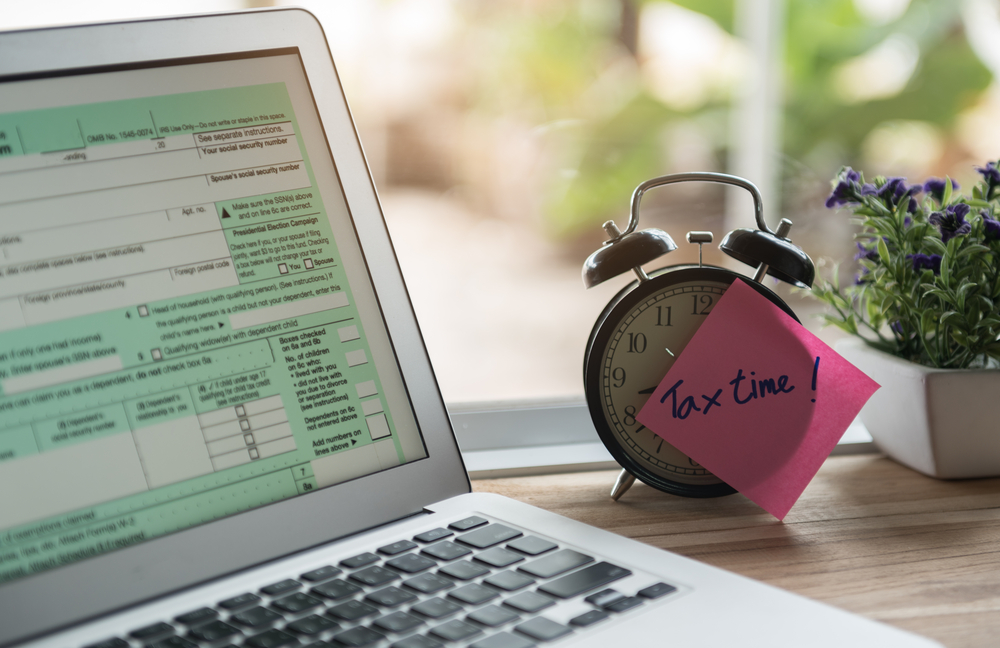IRS Free Tax Filing 2020 and Free Online Tax Filing 2020
Still, need to file your 2020 tax return? Have you put off filing your tax return for 2020 but now you’re ready to get on top of things? Let’s discuss your options, including free online tax filing for 2020.
Does the IRS offer free tax filing?
Yes, each year, the IRS offers two options for its IRS Free File program. Both options allow you to prepare and file your federal income tax online for free.
Was your adjusted gross income (AGI) for the year $72,000 or below?
You can take advantage of a public-private partnership between the IRS and a range of tax preparation and filing software companies. This agreement means options are available for free tax filing.
The options will help you to prepare a free online tax filing for your federal taxes. Some options offer free state tax filing as well. Make sure to read the details of the offers to find the one that works best for you.
Was your AGI for the year above $72,000?
You won’t qualify for any of the IRS Free File partners’ offers, but you can still take advantage of Free File Fillable Forms. These are free electronic forms specifically for federal tax returns that are free to fill out and file online.

Can I still use the IRS free tax filing program for my 2020 taxes?
Unfortunately, the IRS Free File program has closed for the year. IRS Free File is only available for filing your current year tax return. Since the 2021 tax season is over, the IRS now considers any 2020 tax return that you may file as a ‘prior year’ return.
The IRS Free File program runs annually from the second half of January until mid-October. After the program closes for the year, all accounts and information are erased from the server.
However, if you used the IRS’s Free File Fillable Forms to prepare your return and printed a copy, you can still mail in your free online-prepared tax filing for 2020. Check the IRS website to get the address you will need to send in your tax returns. This will differ depending on your address and the forms that you are submitting. Information is available for taxpayers by state and for those in U.S. possessions and foreign countries.
Do I still have options for free online tax filing for my 2020 taxes?
Just because the IRS free tax filing program for 2020 is over doesn’t mean that all of your free online tax filing options for the 2020 tax year are gone.
Some self-preparation websites continue to offer free preparation of 2020 tax returns. Similar to the IRS Free File offers, these websites will guide you through the preparation process. You simply answer the question prompts, and all the math and calculations will be done for you. Again, this process can all be done online.
However, once you finish, you will need to print, sign and mail in your free online-prepared tax filing for 2020. Unfortunately, the IRS doesn’t allow prior year returns prepared using these types of websites to be electronically filed.
The deadline to file your 2020 tax returns electronically was October 15, 2021. This was the same deadline as the deadline to file tax returns for people who had requested a tax filing extension.
The IRS also allows registered tax professionals to continue to electronically file prior year tax returns for the two previous tax years. So although this is typically not a free option, when working with a registered tax preparer, you will still be able to electronically file your 2020 tax return.
I want more guidance with preparing my tax filing for 2020. What are my options?
Looking for something a bit more robust than one of the free online tax filing choices available? You may wish to consider options like the Federal Return Package, State Return Package, or Combined State and Federal Package at PriorTax.com, or specifically to file 2020 taxes online.
These choices include tax return preparation as well as free tax advice via email, live chat, and over the phone. The online application guides you to provide the necessary information about your personal and household details and income statements. It also helps identify possible deductions and credits that may apply to your situation. Your tax return is then prepared using this information, and your tax refund or outstanding tax bill will then be automatically calculated. You can visit our tax calculator page for the tax year 2020.
Visit our website today to learn more about our services, including for more complex tax situations, to help you prepare your tax filing for 2020 and determine what will work best for your individual situation.
Once your free online-prepare tax filing has been prepared, you are provided with a printable version of your return. Download, print, sign, and mail your return to the IRS, and you’ll be done.
After submitting my tax filing for 2020, how can I check on the status of my tax return submission?
The IRS maintains a regularly updated Operations Status page for detailed information about how long to expect for wait times and their current service delays.
They note that they had 6.8 million unprocessed individual tax returns at the end of October, which includes returns with errors and those requiring special handling, and 2.7 million unprocessed amended individual tax returns.
Are you expecting a tax refund?
The IRS advises that it is currently taking more than three weeks, and in some instances, 90 to 120 days, to issue refunds for some mailed or e-filed returns that require review. They offers a web form and a mobile application to check your refund status. To use either of these, you will need three pieces of information:
- Your social security number or ITIN (Individual Taxpayer Identification Number)
- Your filing status
- Your exact refund amount owed
Did you file an amended tax return?
The IRS offers a web form to check the status of your Form 1040-X. To use, you will need three pieces of information:
- Your social security number or ITIN
- Your date of birth
- Your zip code
Reach out to us for Free Tax Online Support with 4.8 stars for customer service satisfaction.





